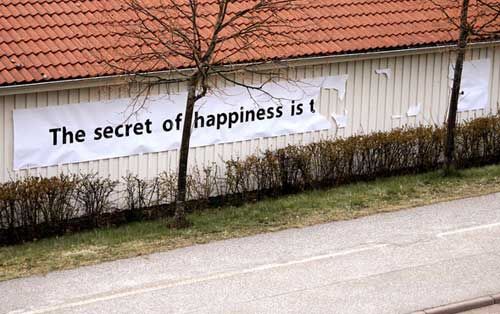 This message was recently posted in one of the forums that I look at: " . . so tell me what y'all do or get or whatever with your sketches. :D ~Kirby"
This message was recently posted in one of the forums that I look at: " . . so tell me what y'all do or get or whatever with your sketches. :D ~Kirby"
What I do. Kirby, I sketch for two reasons. First, I sketch because I just enjoy the heck out of it. It's fun. My everyday sketching has no direct or immediate bearing on my pastel paintings. Except that I think sketching is sharpening my eye and helping me to see the world around me more clearly.
Second, when working plein air, I use the sketch phase to slow down and work out the composition. I have discovered that I get too excited. If I just plunge right in and start painting when I am working plein air, I inevitably end up with a lame composition. I find it's MUCH better to devote time to playing with different viewpoints, to working out the composition (and the value pattern) in the sketchbook FIRST. It's time well spent for me. Besides, the fun for me is being out there and seeing and messing around. Plus sketching to find the best composition is a good
visual warm-up exercise.
What someone else does. NOW,
here is an opposing strategem from a "professional artist" named Robert Genn, who does NOT sketch. His time spent in sketching is time taken away from cranking out paintings that he can sell. Or as he puts it, his decision not to sketch is
" . . . somewhat a commercial decision--my effort goes directly to an eventually more collectable [sic]
item. . ." He then goes on to justify it with some "artistic considerations" as well.
As you can see from the comments below his posting, rare is the respondent who agrees with him. It's an interesting discussion happening down there.
The distinction between us. The more I listen to these kinds of conversations and follow these kinds of discussions, the more I suspect that there are (very roughly) two kinds of artists. The first group are those that do it for the sheer fun of it. For them, the finished product isn't the point; the process is what is engaging. Those in this group can sometimes can get so caught up in their projects and their processes that they can, quite blithely, turn out mounds of total crap. The dark side of this artist is that he isn't all that interested in acquiring "technical prowess", as measured by standards outside himself.
The other kind

of artist is the one that does it in order to produce a painting. (Or a sculpture, or a ceramic pot or a drawing or whatever.) These aren't necessarily always the pros, the crank-it-out folks (like Mr. Robert Genn) who have to sell their work to eat. The amateur version of this artist spends a lot of time talking about 'talent', often as a lament or a complaint. They're delighted when folks say "Wow, our drawing looks just like a photograph!". They are thin skinned and take a critique poorly. They get frustrated and seem not to enjoy the process of creating. It's a wrestling match. Big struggle.
The pro version of this artist, on the other hand, has objective specs and a tried-and-true, repeatable, and efficient manufacturing process that works for him.
For both of these -- what they have in common -- is that their happiness and pride are tied up with their output, their result. Is
it "good"? What do other people think of
it? Will
it sell?
Enough. Personally, I am tickled to be churning out mounds and mounds of crap. Screw "good".
 About 8"x10" on Hahnemühle velour with keeeewel spiral patterned rice paper glued (using clear Colourfix primer as the "glue") to the lower 2/3 of the sheet. On top of the velour.
About 8"x10" on Hahnemühle velour with keeeewel spiral patterned rice paper glued (using clear Colourfix primer as the "glue") to the lower 2/3 of the sheet. On top of the velour.


















